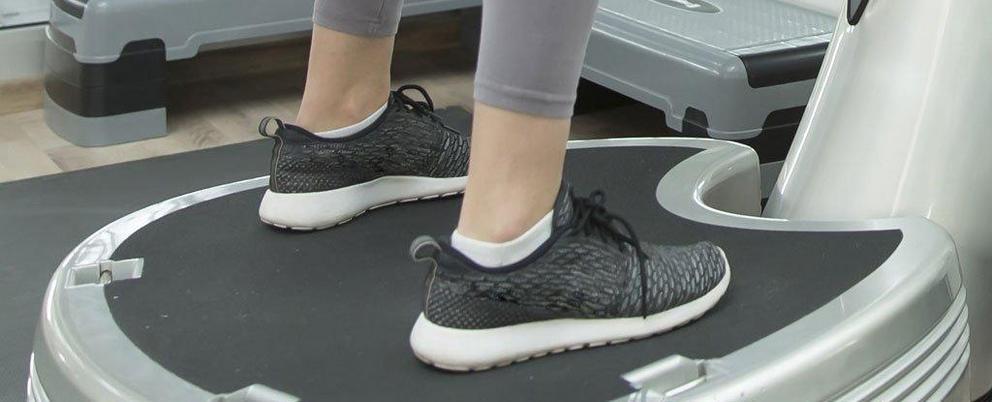New evidence in animals shows whole body vibration actually changes the microbiome
It's the star of a thousand late-night infomercials: vibration platforms that promise all the hard-won benefits of exercise while you simply stand there and jiggle.
While previous research has looked into how whole body vibration (WBV) functions as an 'exercise mimetic', there's still a lot we don't understand about how vibration alone can produce such significant changes in the body.
Now, a recent study in mice illustrates a new way that WBV could bring about health benefits in the metabolism: by modifying the makeup of the microbiome, the immense population of microbial organisms that reside in and on your body.
"While the biochemical and physiological improvements from WBV as an exercise mimetic are indisputable, how WBV achieves such effects is likely multi-faceted and largely unknown," a research team led by paediatric plastic surgeon Jack Yu from Augusta University explains in a new paper.
To investigate WBV's effects on metabolism, Yu and his team studied a mouse model of type 2 diabetes: mice engineered with a leptin deficiency mutation, lacking a protein that protects against obesity, insulin resistance, and type 2 diabetes.
These animals – along with healthy controls – were subjected to WBV for 20 minutes a day for a period of four weeks. After the experiments, researchers analysed samples of the mice's abdominal adipose tissues, and also stool samples.
What they found was that WBV appeared to alter the distribution and makeup of macrophage immune cells in the mice.
Based on their phenotype and function, there are two different kinds of these macrophages, the researchers say: M1 cells, which are pro-inflammatory, and the M2 type, which counter inflammation.
"Our data showed that WBV not only could skew the macrophage polarisation towards M2, the counter-inflammatory macrophages, it also altered the microbiome in the digestive tract," the authors explain.
In the study, the researchers found that the baseline ratio of M1 to M2 macrophages in type 2 diabetes mice was 2:1, but that WBV could restore M2 levels in the type 2 diabetes mice to near baseline levels of the healthy control animals.
But WBV did more than just affect the macrophages in the type 2 diabetes mice. It also altered bacteria in the animals' faecal microbiome, with a "massive increase" in an anti-inflammatory genus of bacterium called Alistipes.
These gut microbes, which make short chain fatty acids that can help the body to utilise glucose more efficiently, saw a 17-fold increase in the mice after WBV.
The results might offer a promising new lead into research looking at fighting inflammation in human patients with type 2 diabetes, although the researchers emphasise there's still a lot we don't know about the mechanisms involved here.
"The sequencing of the WBV effects is still unclear: Is M2 polarisation antecedent to intestinal microbiome changes or vice versa?" the team asks.
"In this complex network of regulatory and counter-regulatory nodes, there is much still to be worked out at multiple levels from changes in gene expression to cell, tissue, and organ level remodelling."
Despite those uncertainties, the researchers are now seeking to set up a clinical trial, to see how WBV might affect moderately obese and pre-diabetic human patients.
The findings are reported in International Journal of Molecular Sciences.

